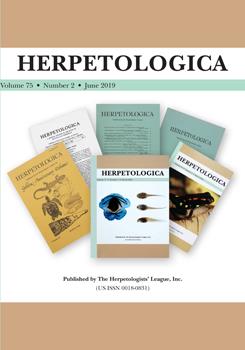Anthropogenic disturbances often present novel habitat features to which the members of an existing population must adapt. We examined the effects of disturbance and habitat fragmentation on the movements of Northern Pacific Rattlesnakes (Crotalus o. oreganus) from 2006 through 2012 in southern British Columbia, Canada. We radio-tracked 44 adult male rattlesnakes through shrub-steppe, grassland, and dry forest habitats that varied from highly disturbed and fragmented to near pristine with little human interaction. Sources of disturbance were primarily associated with tourism (golf course, campground, hiking trails, roads, parking lots, vineyards, condominium complex). After accounting for interyear variation and daily temperature, rattlesnakes in undisturbed areas had larger home ranges (100% minimal convex polygon) and longer home-range lengths compared to individuals frequenting minimally to highly disturbed areas. Contrary to our predictions, snakes in highly disturbed sites did not move greater total distances, display elevated movement frequencies, higher movement rates, and/or more convoluted movement patterns.
How to translate text using browser tools
18 June 2019
Movement Ecology of Northern Pacific Rattlesnakes (Crotalus o. oreganus) in Response to Disturbance
Emily Lomas,
Jared R. Maida,
Christine A. Bishop,
Karl W. Larsen
ACCESS THE FULL ARTICLE

Herpetologica
Vol. 75 • No. 2
June 2019
Vol. 75 • No. 2
June 2019
behavior
British Columbia
conservation
home range
human disturbance
telemetry




